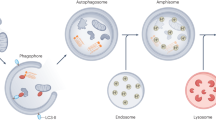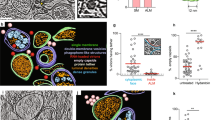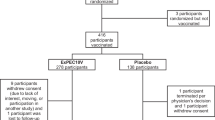Abstract
THE development of a plaque technique for titrating vaccinia virus on monolayers of chick embryo cells without an agar overlay1 has furthered the investigation of cell-virus interaction in this system and has produced evidence of an ‘eclipse phase’ under certain experimental conditions. The essential prerequisite was that the inoculum, consisting of an elementary body suspension prepared from a rabbit skin-passaged strain of vaccinia by the method of Hoagland, Smadel and Rivers2, was treated ultrasonically before use. Following the infection of monolayers by contact with this inoculum for 5 min. there was a rapid loss of infectivity of adsorbed virus, estimated to be probably about 30–40 per cent of the amount adsorbed, occurring within 10 min. from the first contact between virus and cells. Thereafter the rate of loss was slower, a further 70 per cent of the virus present at the end of the first 10 min. disappearing during 4–6 hr. The titre of virus in the culture began to rise at 7–8 hr. due to production of new virus.
This is a preview of subscription content, access via your institution
Access options
Subscribe to this journal
Receive 51 print issues and online access
$199.00 per year
only $3.90 per issue
Buy this article
- Purchase on SpringerLink
- Instant access to full article PDF
Prices may be subject to local taxes which are calculated during checkout
Similar content being viewed by others
References
Postlethwaite, R., J. Gen. Microbiol., 21, 7 (1960).
Hoagland, C. L., Smadel, J. E., and Rivers, T. M., J. Exp. Med., 71, 737 (1940).
Author information
Authors and Affiliations
Rights and permissions
About this article
Cite this article
POSTLETHWAITE, R., MAITLAND, H. Eclipse Phase of Vaccinia Virus. Nature 186, 335 (1960). https://doi.org/10.1038/186335a0
Issue date:
DOI: https://doi.org/10.1038/186335a0



